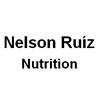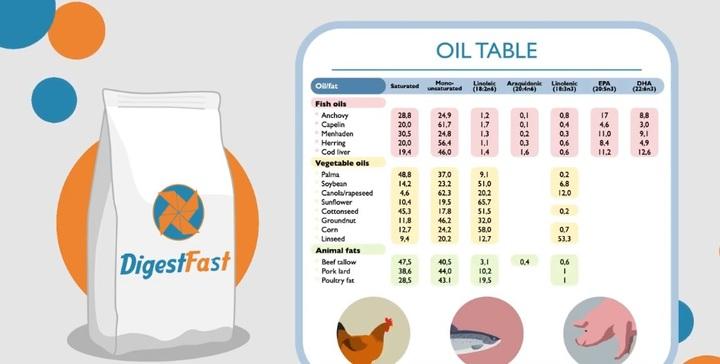Enzymes and their impact on amino acid digestibility

Nelson Ruiz, thanks for the question. There is very significant diversity in proteases, even within specific groups like the serine endopeptidases, so I cannot comment on behalf of all 'trypsin-like' or 'chymotrypsin-like' proteases. However, in the case of both ProAct and ProAct 360 we have extensively tested their vulnerability to such inhibition and found them to be unaffected by Kunitz or Bowman-Birk inhibitors. In fact, in a recent study, we published from the laboratory of Prof. Adeola where we 'enriched' a corn/soy-based broiler diet with TIA extracted from soybean, ProAct was very effective in mitigating the resulting pancreatic hypertrophy. Furthermore, we were able to recover the active protease via our in-feed assay with no problem. This cannot be said for all xylanases when it comes to xylanase inhibitors in wheat, where the influence on activity can be readily detected via the in-feed assay. Obviously aspartate proteases ('pepsin like') have different characteristics to the 'trypsin-like' proteases - notably pH optima and substrate specificity. However, it is inaccurate to suggest that all alkaline 'trypsin-like' proteases are susceptible to TIA. This is part of the screening process in new enzyme discovery platforms (as is pH profile, thermotolerance and gastric stability, etc).


Effects of soybean meal processing conditions on growth performance and intestinal integrity in coccidia vaccinated broiler chickens
Ghorbanali Sadeghi, if you reflect on the carbohydrase market, there is a great diversity of enzymes available that have been developed specifically to address the heterogeneity in the substrate landscape - from xylanase, glucanases, pectinases, galactosidases, mannanases, etc. We understand that dietary carbohydrate is not a homogenous substrate pool. With protein we still have some work to do here because dietary protein is also very diverse in terms of not only amino acid composition but also tertiary structure, hydrophobicity or polarity, solubility, etc. This is why we have a series of endogenous proteases paired with pH modulation in the gut. I do think that exogenous proteases need to become more like the carbohydrase space where we see multiple complementary activities designed for different types of dietary or endogenous protein recovery. If I had to bet I would go for a pepsin-like combination with chymotrypsin-like rather than a chymotrypsin/trypsin pair. Still an under explored space. Elastases and carboxypeptidases are also interesting. We also need to consider AA transport and compatibility for, or competition with peptide and free AA transporters. Likely di- or tri-peptides as a product rather than free AAs or tetra-peptides.

Totally agree with you, Aaron. Pepsin is an endoprotease at hydrophobic amino acid centers, Chymotrypsin is very complementary by acting at the amino the end of resulting chains where the hydrophobes are accentuated. Typically, the hydrophobes are also in the greatest proportion of most proteins while resulting changes act to improve overall compatibility with water to enable all other enzymes to best function.
Ed.
Leon Broom thanks for your question and nice to hear from you again. Hope all is well with you also. Most of the microbiome-associated research has been done in the carbohydrase space and similar work for phytase and protease is limited. In our work we do see changes in the microbiome function (functional meta-genomics) associated with protease. This is related to changing nitrogen flow dynamics to the hind gut. Specifically we see less protein-N entering the caecum (increased proximal SI AA absorption and reduced endogenous, especially mucin, flow to the hind gut). However, depending on how the protease matrix is applied in LCF, increasing AA absorption from the intestine and reducing AA flow to the caecum can be associated with an increase in non-protein N flow into the intestine. Uric acid and NH3. Application of an accurate AA matrix in LCF will prevent this from happening as NEAA over-supply is then less likely. In addition to these changes in N cycling dynamics (which will also induce changes in uricase expression in the microbiome as well as functional pathways involving purines and deamination reactions), we see beneficial effects of protease on tight junction integrity and mucin secretion - transcriptomics (claudin, MUC2 etc). Some evidence also of reduced cytokine responses, possibly related to reduced antigenicity of proteinaceous antinutrients. A mix of host and microbiome related effects. Not sure if this answers your questions fully but effect of protease on microbial function, metabolomics etc is not well elucidated today.
Hello, Aaron Cowieson hope you will be fine. I have some confusion regarding protease enzymes. Can you please elaborate the specific mode of action of exogenous protease enzyme? How this enzyme unbound the amino acids from the feedstuffs?
Are the commercial próteases able to hydrolyse glycinin and beta conglycinin ?
Thank you for answering


United States


















.jpg&w=3840&q=75)

.jpg&w=3840&q=75)
.jpg&w=3840&q=75)